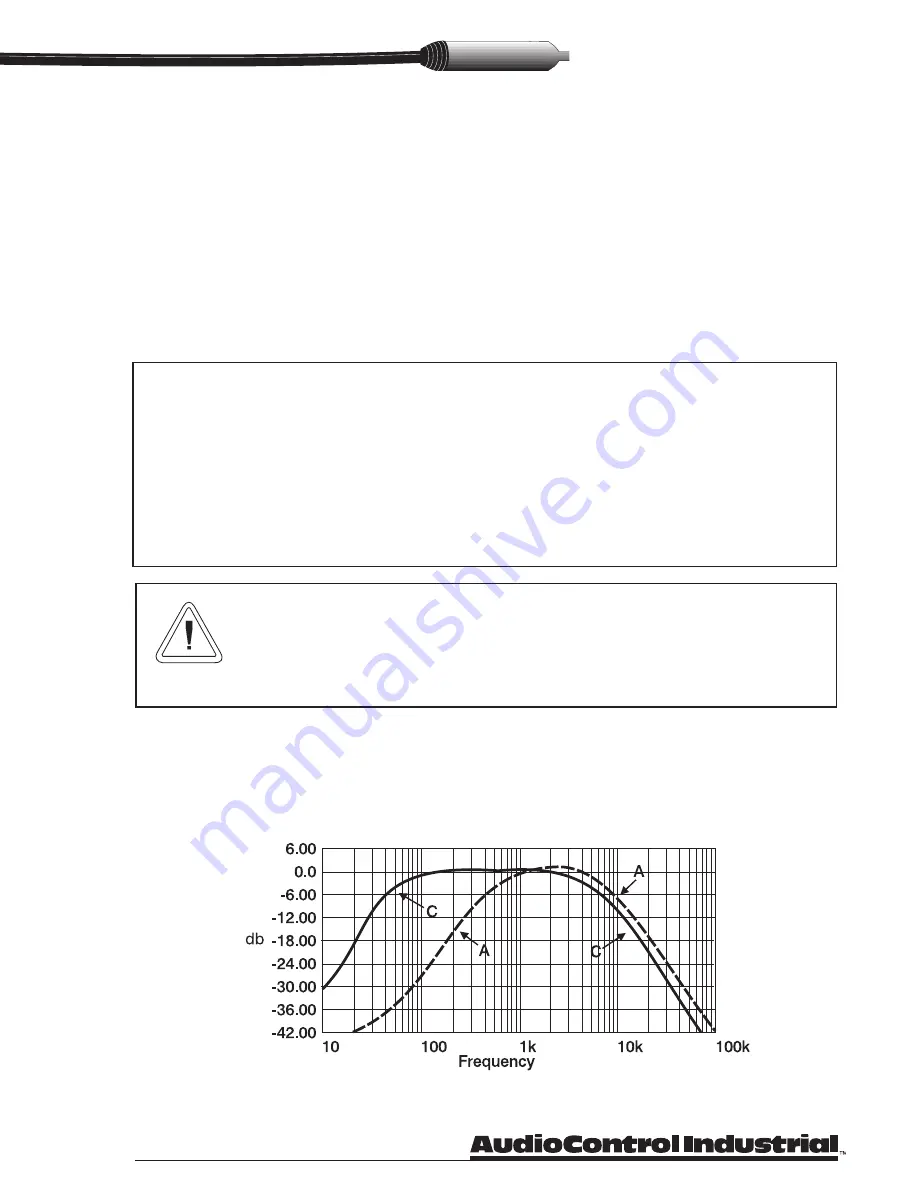
Getting maximum performance from your battery pack is simple.
Follow these simple suggestions:
• Lead-acid batteries do not operate well when deeply discharged. Operate the SA- 3052 until the
green
low
-
BattEry
indicator begins flashing. When the indicator begins flashing, you have approxi-
mately 30 minutes of operation left. Cease operation and recharge the battery or switch over to AC
power.
• A low-voltage cutout prevents operation of the SA-3052 once the battery voltage reaches this point.
The low-voltage cutout could make the instrument appear to be totally dead. If the SA-3052 appears
dead, plug the instrument into a source of AC power. Ensure that the
powEr
switch is set to the
off
position. Leave the instrument plugged in for at least two hours and look for the red battery charg-
ing LED to glow continously.
If this "revives" the instrument, simply continue charging the batteries for another six to eight hours. If
not, consult the factory for additional information.
NOTE:
The low-voltage cutout could make the instrument appear to be totally dead. If the SA-3051/SA-3052
appears dead, plug it into a source of AC power. Ensure that the analyzer is turned off. Leave it
plugged in for at least two hours to charge. If the
C
hargE
lED
by the power switch does not light,
then you may not have AC power and the battery cells are not charging.
If this “revives” the SA-3051/SA-3052, you can resume normal operation using AC mains power. Be
sure to charge the batteries for another six to eight hours before using the portable battery mode.
Plugging the SA-3051/SA-3052 into AC mains while using the battery power may cause the micro-
processor to “hang”. If this occurs, turn the power off, then back on again.
CAUTION:
Always store the SA-3052 with the batteries fully charged. Leaving the
analyzer stored with a partial charge for extended periods (more than two weeks) can
damage the battery cells irreparably. The battery charging circuitry cannot overcharge
the cells, so it is best to always leave the analyzer plugged into AC power for charging
whenever it is not in use.
A and C Weighted Measurements
The AC-10 in-line weighting filter provides A- or C- weighting to the microphone input of the SA-3051/
SA-3052. Without the AC-10, the SA-3051/SA-3052’s measurements are unweighted. The AC-10 uses
active filters to create the two weighting curves. Power for the filter is supplied by the phantom power
supply on the microphone input of the SA-3051/SA-3052.
Figure 3.3 A and C weighting filter response curves
Operation
3-5






























